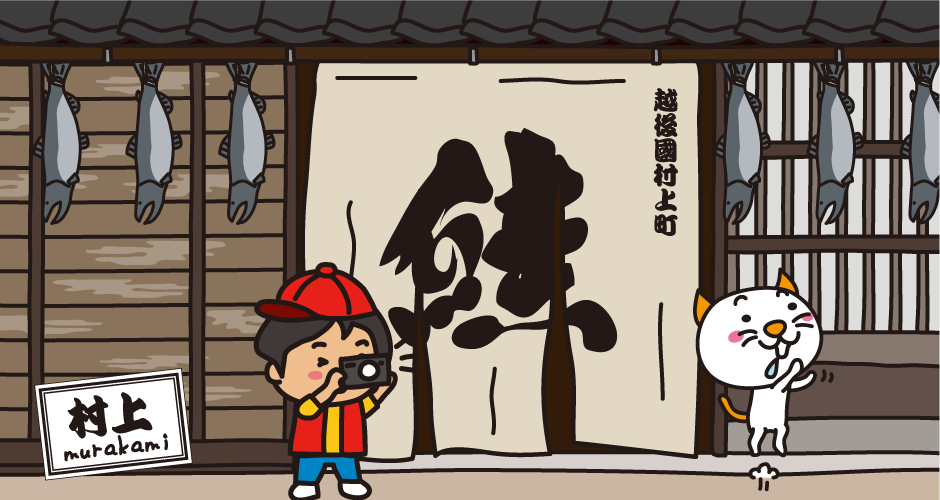I walked through the streets of Murakami, where Machiya traditional wooden townhouse remain.
Murakami, located in the northernmost part of Niigata Prefecture was flourished as a castle town of the domain of Murakami during the Edo era, and there are samurai residence and houses of Edo and Meiji era called as “machiya (town house)”, that shop and house are added together still remained. In addition, Miomote River flowing through Murakami is known as a salmon river since Heian era, and a unique salmon culture still remains. The townscape of Murakami is also used for an advertisement of JR East. In front of the shop where the big shop curtain written “鮭(salmon)”, many tourists take photo and strike same pose as an actress Sayuri Yoshinaga who appeared in the advertisement and it is also a sightseeing spot.

In Murakami, there is a culture of hanging salmon under the eaves to make “Shiobiki Sake (salted salmon)” in winter, and it is also a traditional symbol of winter.
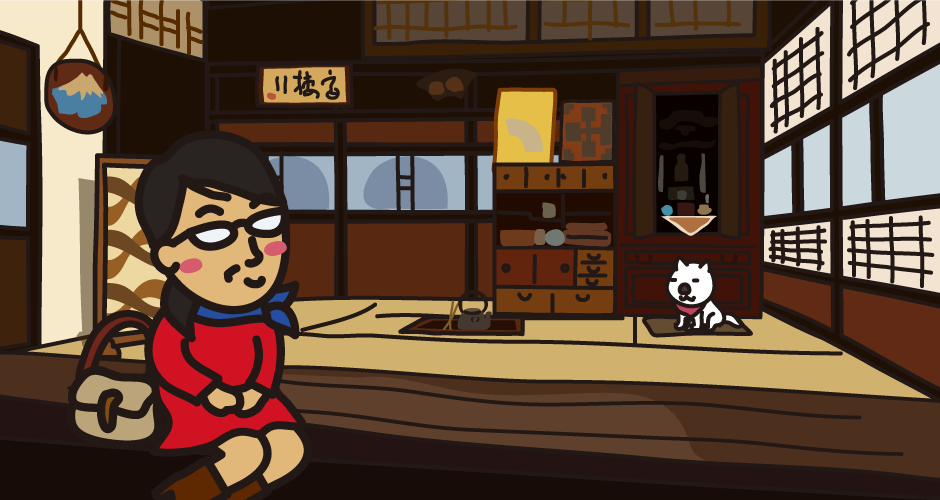
There are more than dozens of shops that open the residential area of town house in public. When you get into the residential area, a scene that take you back in time of Edo or Meiji era will leap out at your eyes. The long and narrow earth floor continues in the back of the store. This is because the amount of tax was decided according to the size of the frontage, people built long and narrow house that is called as “Unagi no nedoko (Eel’s bed)”. Along the long and narrow earth floor, rooms are divided as a living room, sitting room, bedroom, kitchen etc.
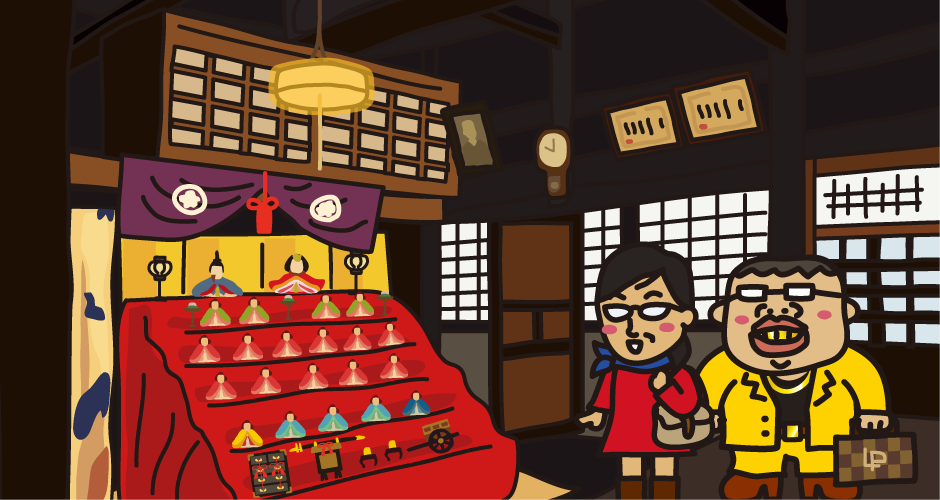
“Doll tour in Machiya in the castle town, Murakami” will be held from March 1st to April 3rd every year. In this event, various dolls that focuses of Hina dolls handed down to the houses of Murakami will be displayed in the living space of town houses. Hina doll is a doll in traditional Japanese costume. This is a special doll displayed at the Doll’s festival held in March 3rd (or April 3rd) every year.
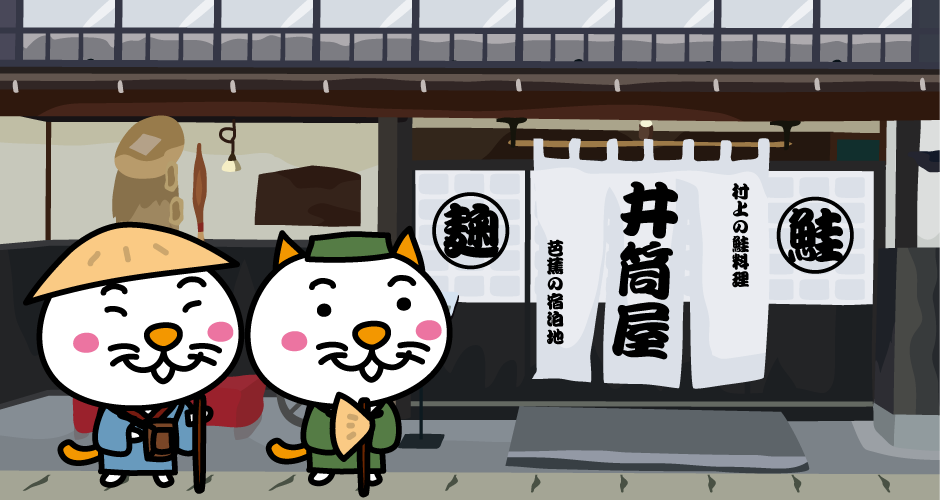
“Izutuya” is a hatago (house offers a place to rest, meals and other food to the travelers) that a haiku poet of Edo era, Basho Matsuo and his pupil, Sora stayed when they stopped by Murakami during the journey of “Oku no Hosomichi”. This is also designated as a registered tangible cultural properties of the country.
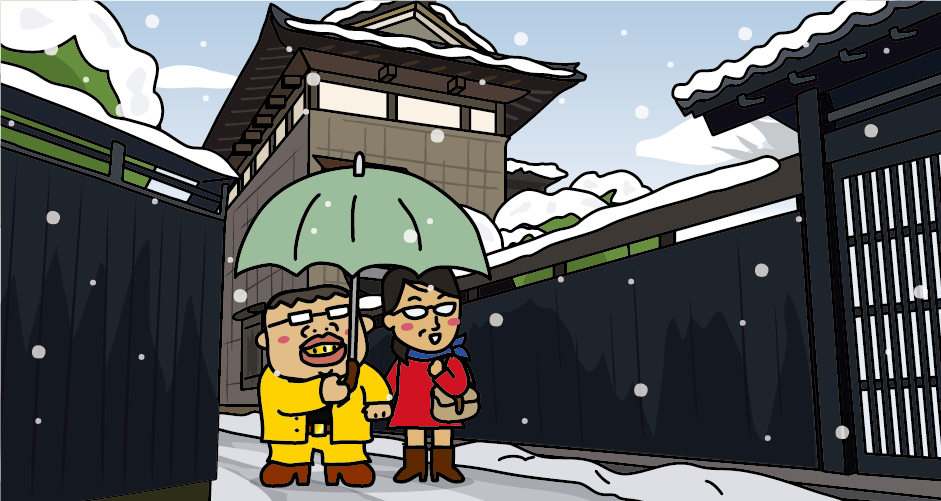
Kurobeidori (Black fence street) is a small street where Basho Matuso walked to visit Jonenji. Jonenji is designated as the important cultural properties of the country as a temple with the wall covered in white mud wall. There are historic temples, old houses, japanese-style restaurants etc. are located along the street, and Kurobeidori is a popular walking course together with visiting town houses.
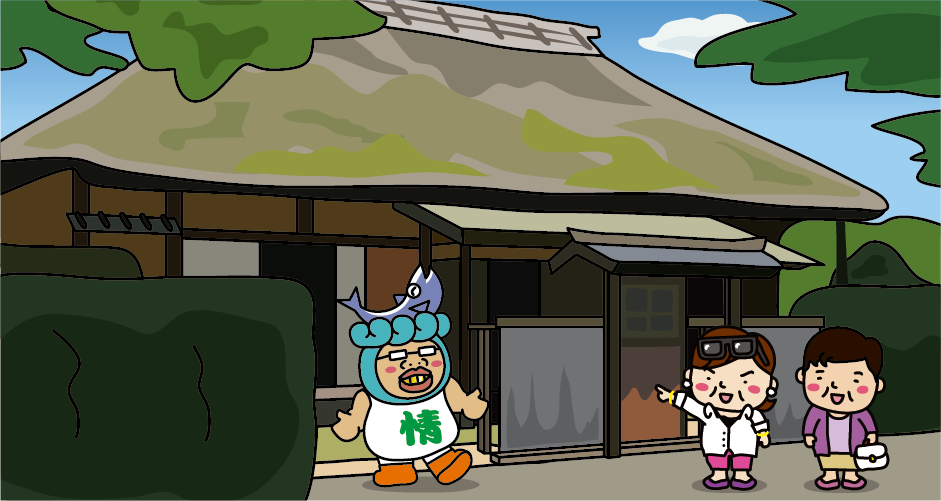
In the castle town Murakami, currently there are about 10 samurai residence of the Edo period.
The ancestor of parent’s family of the empress Masako, Owada family was a samurai of the domain of Murakami. “Maizuru Park” was built to commemorate the marriage of His Imperial Highness and Her Imperial Highness Masako at that time. In the park, the samurai residences of former Iwama, Takaoka, Fujii family built in the Edo era have been relocated and restored. The inner part of the building is open in public and during Hina festival, Hina dolls are displayed luxuriously. By the way, the former Takaoka family is the related house of the empress Masako.

At the beginning of the Edo period, the feudal lords of Murakami celebrated the relocation of shrine in the middle of Mt. Gagyu to current Haguro Town because it was too shame to overlook the shrine from the castle. This is the beginning of “Murakami Taisai (The great festival of Murakami)”. At Murakami Taisai, the scene of dashi (a festival car) called “Oshagiri” walking around the city is fantastic and it is a popular festival that attract tourist from both inside and outside of the prefecture every year. Murakami Taisai holds on July 6th and 7th every year.
At Murakami City Local Museum (commonly known as Oshagiri Hall), three “Oshagiri” are displayed at all times. Also, at the next to Oshagiri Hall, the important cultural properties of the country, the samurai residence of the Wakabayashi family is opened in public.
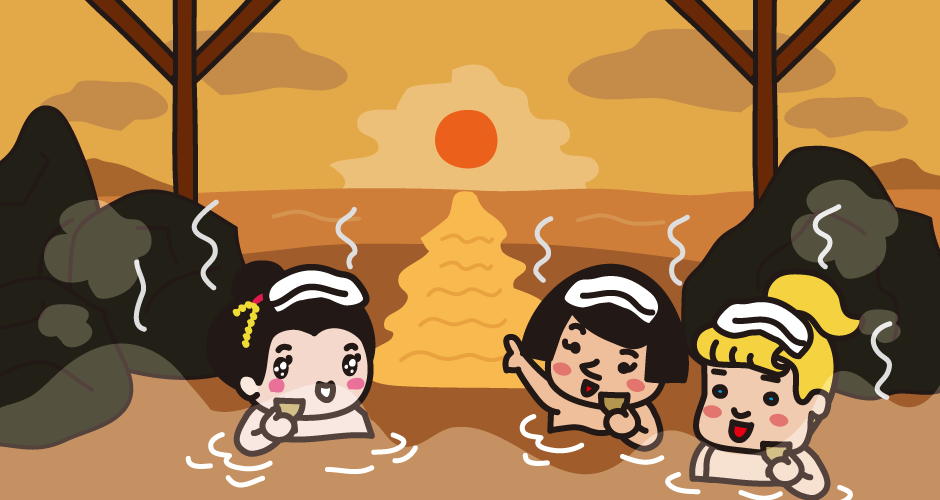
Murakami has Senami hot spring with more than 100 years of history since its open. The beautiful sunset of the Sea of Japan from a hot-spring hotel is popular.
Access to Murakami Machiya, traditional wooden townhouse
It takes about 2 hours from JR Tokyo Station to JR Niigata Station by Joetsu Shinkansen. At JR Niigata Station, transfer to the JR Hakushin Line /JR Uetsu Main Line (limited express) to JR Murakami Station in about 50 minutes. About 10 minute-walk from JR Murakami Station.
